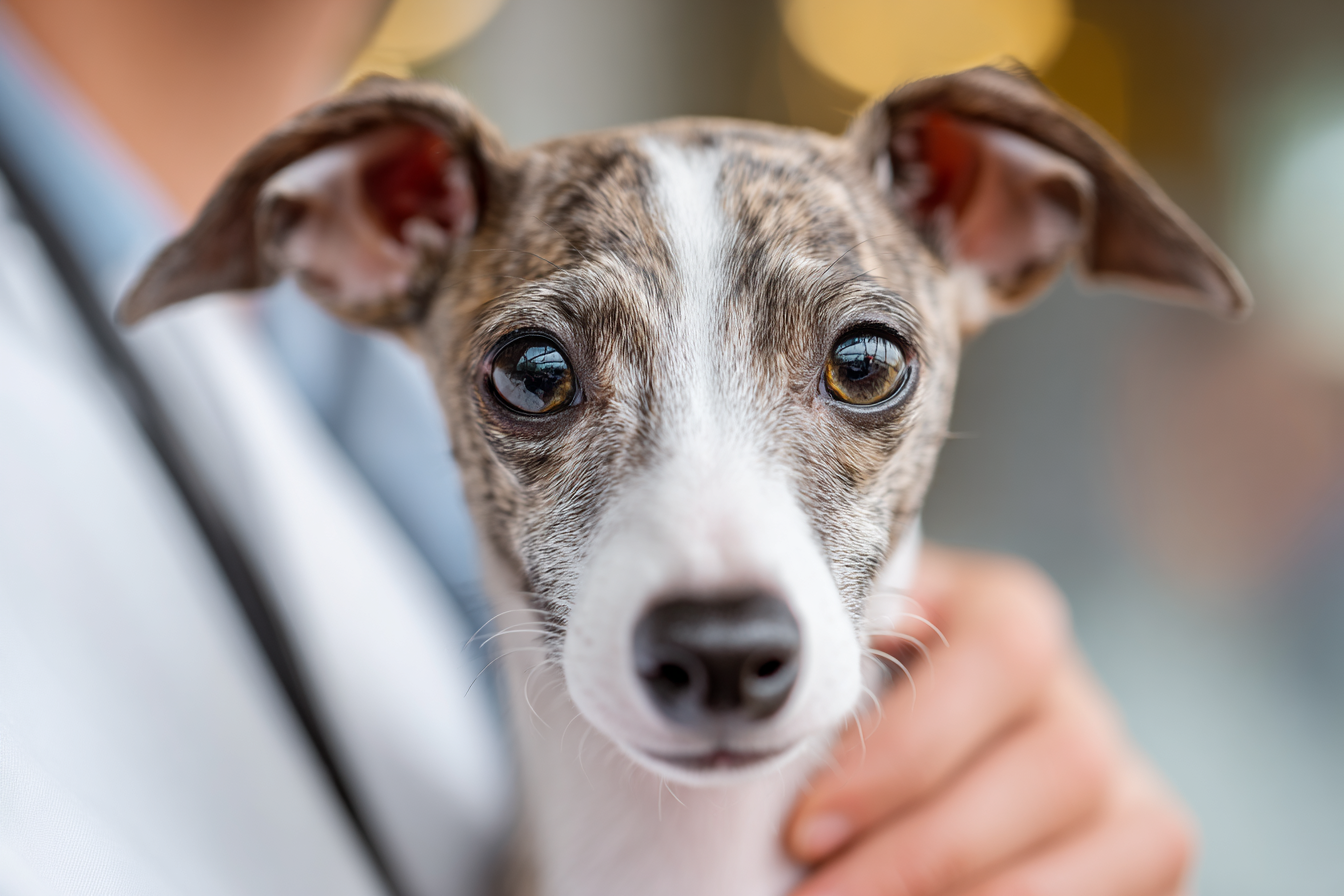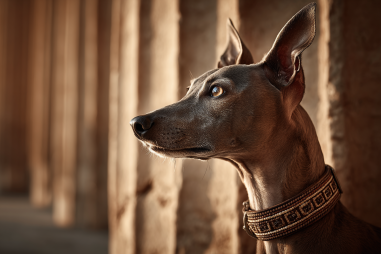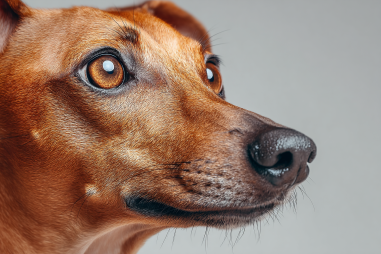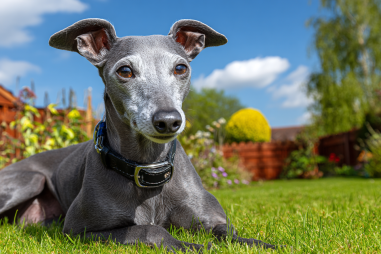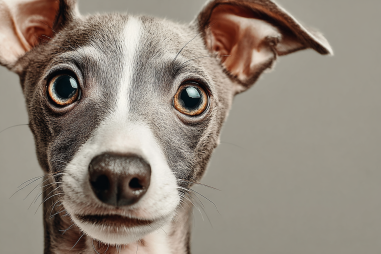Italian Greyhounds are elegant and affectionate companions, known for their slender bodies and lively personalities. While they enchant owners with their grace and charm, like all breeds, they have certain health vulnerabilities that prospective and current owners should understand. Being aware of the common health problems relevant to Italian Greyhounds empowers you to provide the best care possible, ensuring your furry friend leads a long, happy, and healthy life.
Understanding Breed-Specific Health Concerns
Italian Greyhounds have a unique build and genetic background that predisposes them to certain health issues. Their delicate bones, thin skin, and sensitive temperament mean they require thoughtful care. Recognizing the breed-specific challenges enables preventive measures, minimizing discomfort and medical risks over time. While these dogs often enjoy good health, some problems, if overlooked, can lead to serious complications.
Common Health Issues in Italian Greyhounds
Several health problems commonly affect Italian Greyhounds. Knowing what to look out for can make all the difference in early detection and intervention.
Dental Disease
Dental problems are prevalent in Italian Greyhounds due to their small mouths and tightly packed teeth. Plaque buildup can quickly lead to gingivitis, periodontal disease, and eventually tooth loss if untreated. Bad breath, red gums, and difficulty eating are some signs that dental disease may be developing.
Patellar Luxation
Patellar luxation is a condition where the kneecap slips out of place, causing pain and impaired movement. It is quite common in smaller breeds and can range from mild to severe. Dogs may exhibit limping, skipping steps, or reluctance to climb stairs.
Cold Sensitivity
Thanks to their thin coats and low body fat, Italian Greyhounds are highly sensitive to cold weather. Exposure to low temperatures can lead to hypothermia or other related illnesses if they are not properly protected with clothing or shelter.
Recognizing Signs and Symptoms
Being attentive to your dog’s behavior and physical condition can help you catch health problems early. Here are some key signs to monitor:
- Unusual Lethargy or Weakness: May indicate pain, infection, or systemic illness.
- Limping or Difficulty Moving: Could signify patellar luxation or arthritis.
- Bad Breath or Drooling: Potential dental issues.
- Changes in Appetite or Weight: Important to track for overall health.
- Excessive Shivering or Seeking Warmth: Signs of cold stress.
- Skin Lumps, Rashes, or Irritations: May point to allergies or infections.
Preventative Care and Regular Veterinary Check-Ups
Prevention is always better than cure, especially with a delicate breed like the Italian Greyhound. Scheduling regular veterinary visits – ideally twice a year – can help your vet monitor your dog’s health and catch problems early. Vaccinations, parasite control, and routine blood work are essential to maintaining good health.
Additionally, dental cleanings should be included as part of the veterinary care routine to prevent serious dental disease. If your vet detects patellar luxation or other orthopedic concerns, they can recommend appropriate therapies or treatments to manage the condition.
Nutrition and Exercise Recommendations
Your Italian Greyhound’s diet plays a crucial role in preventing many health issues. A balanced, high-quality dog food rich in essential nutrients supports their active lifestyle and fragile physique.
Because Italian Greyhounds burn energy quickly and have fast metabolisms, feeding smaller, more frequent meals can help maintain consistent energy levels. Ask your vet for personalized feeding guidelines based on age, weight, and activity level.
Exercise is equally important but should be tailored to the breed’s sensitivities. Gentle daily walks and supervised playtime keep muscles strong and joints flexible without putting excessive strain on bones and ligaments.
Emergency Situations and First Aid Tips
Knowing how to respond in emergencies is vital to protect your Italian Greyhound, especially because accidents with fragile bones can happen quickly. Here are some first aid tips:
- Bone Fractures: If you suspect a broken bone, keep your dog calm and immobilize the limb using a temporary splint while rushing to the vet.
- Cold Exposure: Quickly warm your dog with blankets or clothing if they show signs of hypothermia, and seek veterinary care immediately.
- Dental Injuries: Avoid touching the mouth excessively and seek prompt dental evaluation after trauma.
- Breathing Difficulties or Severe Lethargy: These symptoms require emergency veterinary attention without delay.
Taking Charge of Your Italian Greyhound’s Health
With proper knowledge and a proactive approach, you can minimize health risks and give your Italian Greyhound the best quality of life. Early detection and prevention through regular vet visits, attentive daily care, and mindful nutrition keep common problems at bay. Cherishing these delicate companions means understanding their specific needs while offering love, warmth, and attentive health management. Your commitment not only ensures their well-being but also enriches the special bond you share for years to come.

